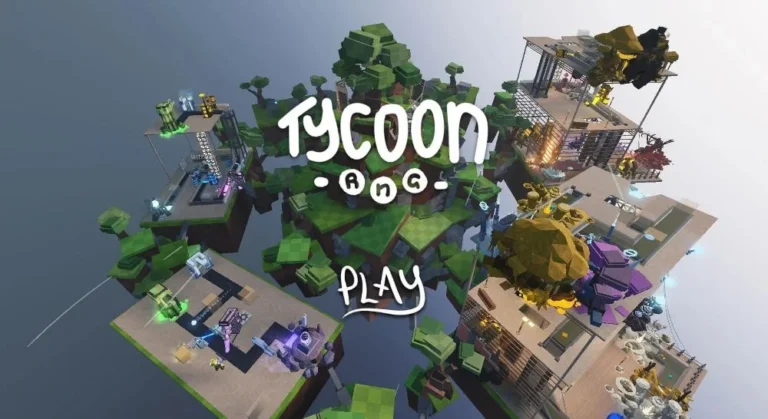The Heartfelt Magic of Anime: A Journey Through Emotions and Inspiration
Imagine a world in which stories touch your heart, causing you to laugh, cry, and cheer all at once as emotions pop off the screen and colors dance like fireflies in the night. That is anime’s magic. It’s more than simply cartoons; it’s an art form that unites people worldwide and transforms ordinary stories into life-changing adventures.
Anime has a way of making us feel seen, understood, and motivated, whether it’s via the quiet moments of friendship and self-discovery or the epic conflicts of a hero battling for justice. It feels as though you’ve entered a new dimension where everything is larger, more vivid, and exquisitely human.
The Heartfelt Magic of Anime
More than just amusement, anime is a distinctive storytelling medium that arouses feelings, fosters relationships, and stimulates the imagination. Because of its vivid imagery and profoundly moving stories, anime has gained international recognition. Let’s examine the many facets of this art form and its potent enchantment.
1. The Art of Visual Storytelling

Anime is excellent at telling stories through art that are impossible to convey through words alone. Viewers are transported to fantastical realms by the vivid colors, exaggerated facial emotions, and minute details. From expansive vistas illuminated by sunshine to the tiniest tear dripping down a character’s cheek, every image seems alive.
Every frame is designed to arouse feelings. Bold colors and crisp angles provide excitement during action-packed scenes. Intimacy is created in softer scenes with flowing designs and subdued tones. Because of its meticulous visual balancing, anime may transcend linguistic boundaries and appeal to a wide range of viewers.
Beyond aesthetics, anime uses distinctive cinematography to portray depth and vitality, such as dynamic camera angles and smooth transitions. These methods turn simple storylines into striking visual works of art that enthrall viewers right away. Interestingly, recent advancements in AI-Generated Imagery have further pushed the boundaries of visual storytelling, enhancing the already immersive experience of anime.
2. Complex Characters That Resonate
The ability of anime to develop multifaceted personalities is one of its distinguishing features. These are people with hopes, anxieties, and imperfections, not just heroes and villains. Whether they are modest schoolgirls or resolute warriors, anime characters frequently represent common human experiences.
Consider the character Naruto Uzumaki, who transforms from an outcast into a well-respected leader. His path is incredibly relatable because his battles with acceptance and loneliness are similar to those that many individuals encounter. Characters become friends as a result of these emotional ties, making it harder to distinguish fact from fiction.
Character development is also given time in anime, allowing viewers to see how characters change and mature. As they join their favorite characters in celebrating wins and lamenting setbacks, this meticulous storytelling keeps viewers engrossed.
3. Themes That Strike a Universal Chord

Anime tackles deep subjects, going beyond simple pleasure. While themes of love, friendship, bravery, and grief are prevalent, the medium also delves into more complex subjects like morality, identity, and societal issues.
Spirited Away by Studio Ghibli, for example, examines themes of self-discovery, greed, and the value of balance in life. The metaphors and symbolism in the story strike a deep chord with viewers, giving them new levels of significance to discover each time they watch it.
The effects of technology on humanity and the repercussions of past deeds are even questioned in futuristic anime such as Ghost in the Shell and Erased. These themes promote self-reflection, guaranteeing that anime makes an impression long after the plot concludes.
4. Music: The Soul of Anime
The emotional impact of anime is significantly influenced by its music. Every scene is given vitality by soundtracks, which range from the towering crescendos of orchestral music to the thrilling beats of J-pop intros.
A moving song can heighten the tension in a pivotal battle or magnify heartache during a parting. Anime composers like Joe Hisaishi and Yoko Kanno are experts at creating tunes that stick in viewers’ heads long after the credits have rolled. Their songs are just as well-known as the stories and characters.
Another distinguishing characteristic is the opening and closing melodies. These tunes, which frequently turn into fan anthems, establish the mood for episodes. Anime music builds emotional connections that enhance the viewing experience, whether it’s the heart-pounding rhythms of Attack on Titan’s opening or the gentle tones of Your Lie in April.
5. A Global Community of Fans
Anime’s capacity to unite people is arguably one of its most enchanting features. Cosplay gatherings, vibrant conventions, and common interests bring fans from all over the world together. By promoting a sense of community and celebrating innovation, these events elevate anime beyond a pastime to a cultural phenomenon.
Fans are further brought together by online forums and platforms, which offer venues for sharing fan art, debating plot ideas, and recommending undiscovered gems. Regardless of where they live or how specialized their hobbies are, this worldwide link guarantees that no one feels alone in their love of anime.
Through local adaptations and dubbing attempts, anime has even stimulated cross-cultural interaction. These connections keep growing, opening doors for more cross-cultural understanding and exposing new audiences to the diversity of the media.







